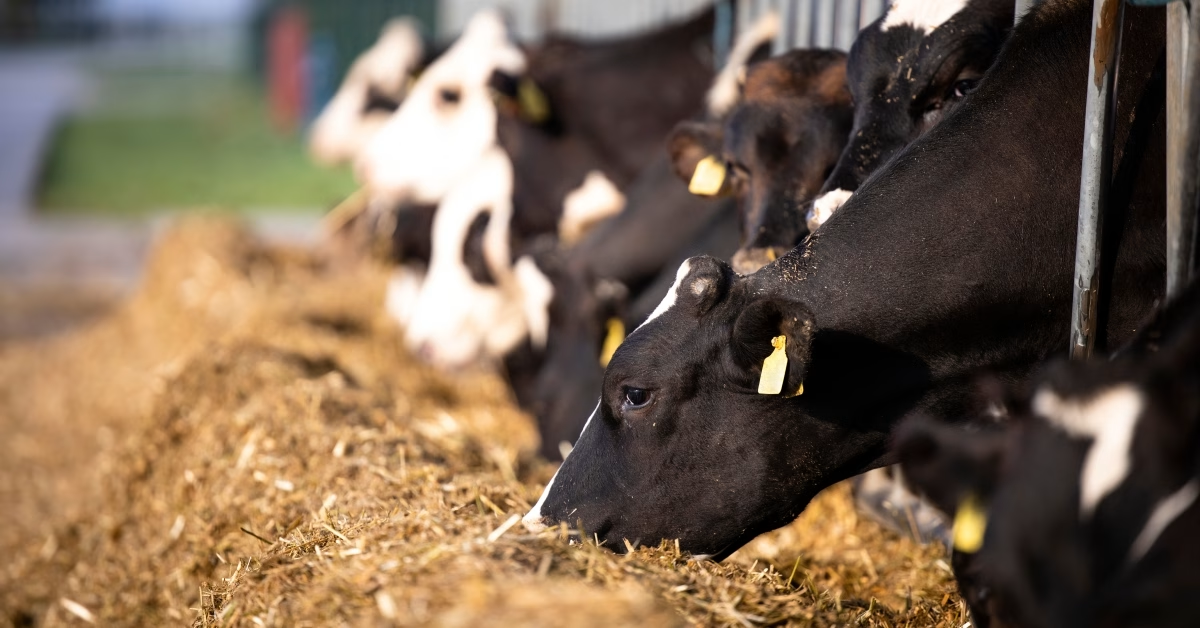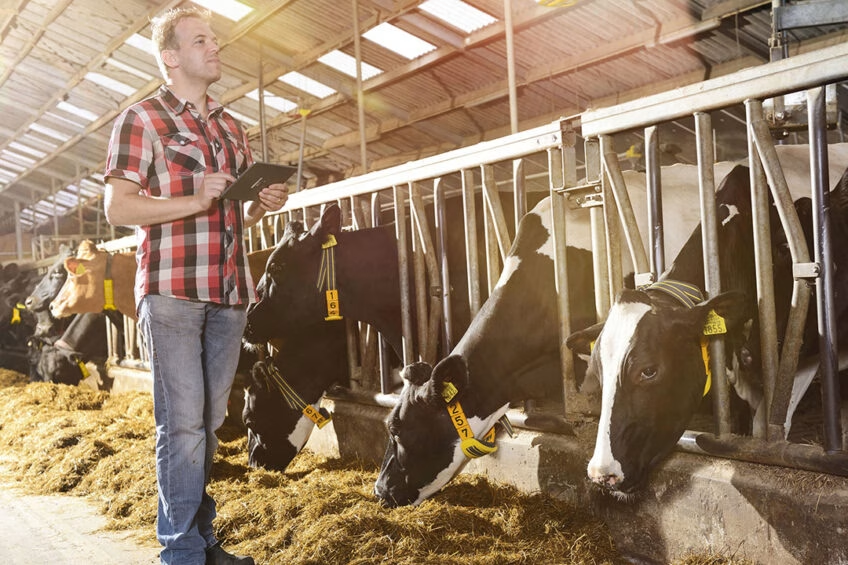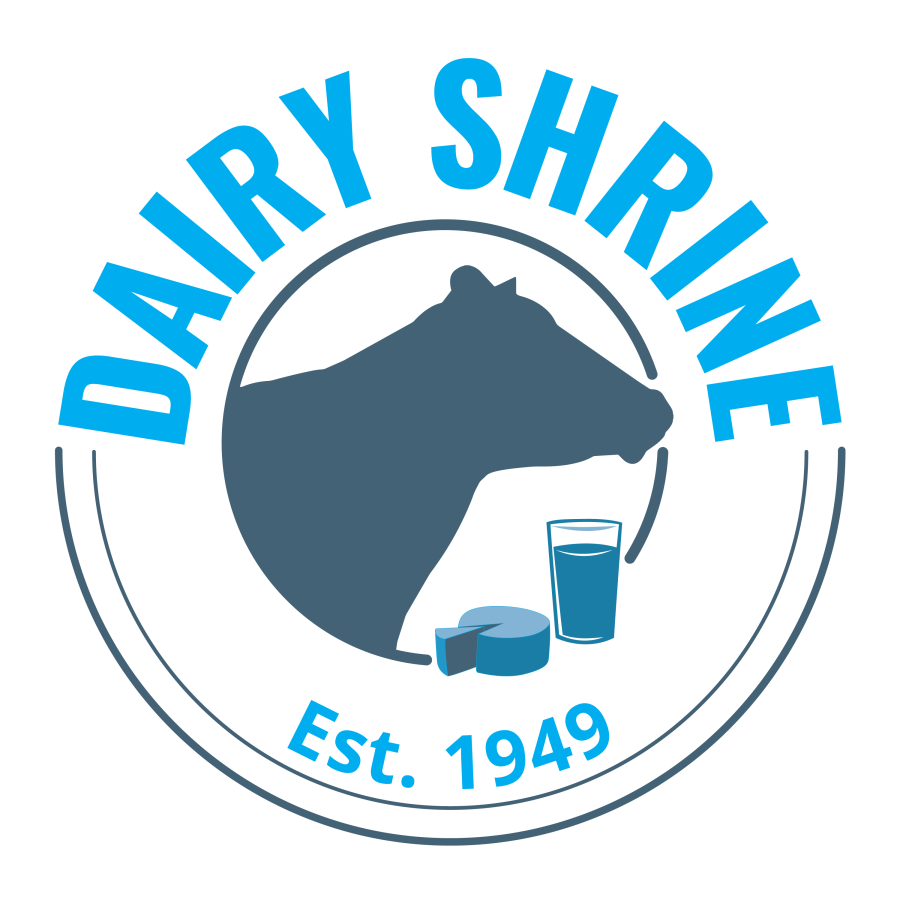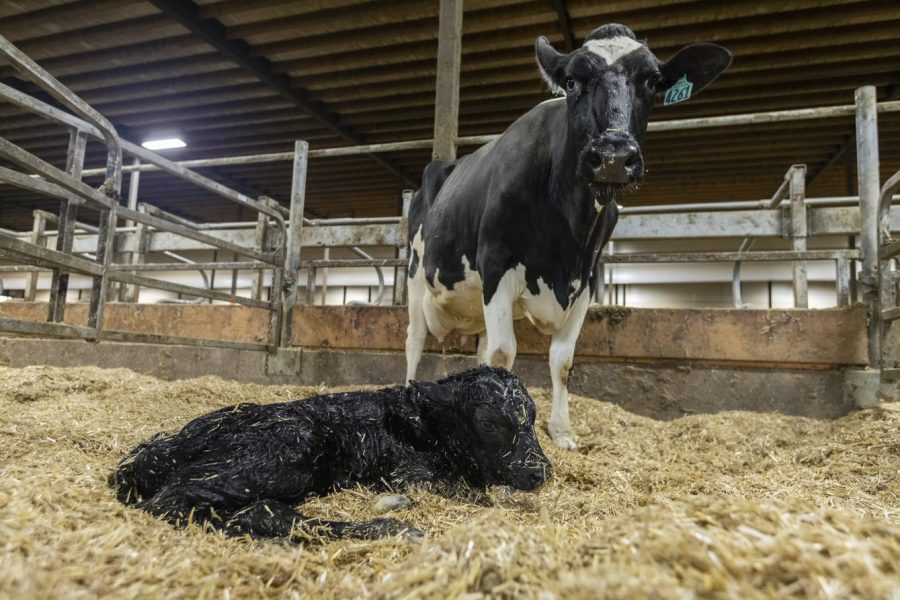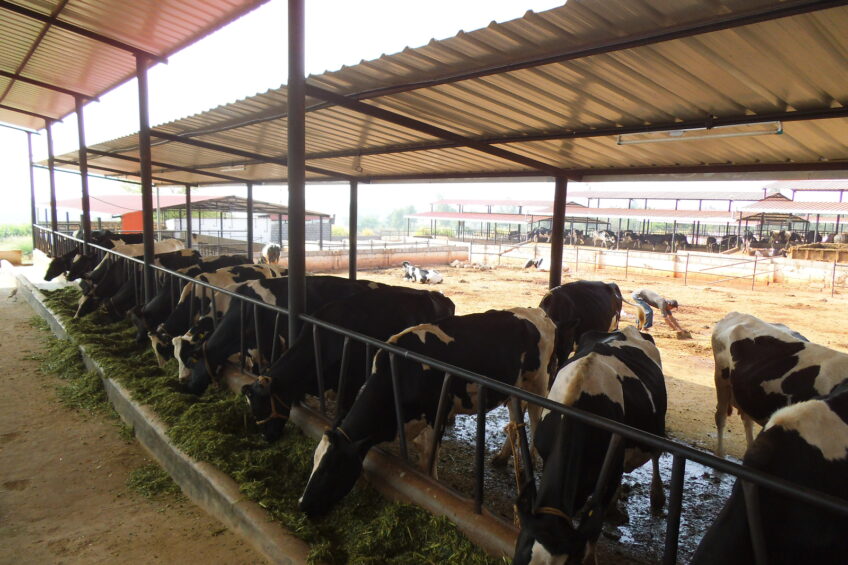Discover top energy-saving strategies to transform your dairy barn. Learn how to cut costs and boost efficiency with innovative technologies and sustainable practices.
Summary:
The dairy industry faces balancing peak output with reduced energy usage, particularly in dairy production. To achieve economic sustainability and environmental conservation, dairy farms must adopt energy-efficient measures such as advanced milk cooling systems, energy-efficient motors, and natural lighting. These measures can reduce operating costs, improve milk quality, and reduce carbon impact. Refrigeration systems, compressors, well-water precoolers, and energy-efficient motors are essential components in refrigeration systems. Strategic energy management is crucial for optimal efficiency, saving energy, and reducing the risk of breakdowns. Open sides increase air circulation and light access, resulting in higher energy efficiency and lower carbon impact. LED lighting uses up to 75% less energy than conventional lighting systems, saving power costs and lowering carbon emissions. Sensors and automation technologies can transform dairy farm operations by maximizing resource use and operational efficiency. Transitioning to alternative energy sources like natural gas or solar power offers significant prospects for dairy producers, as they decrease greenhouse gas emissions and energy expenditures while maintaining efficiency. Financial incentives and subsidies may help reduce early setup costs, making solar electricity a feasible choice for farmers committed to sustainability and cost efficiency.
Key Takeaways:
- Milk cooling technologies: Refrigeration heat recovery units, compressors, and well-water precoolers can lower energy use while maintaining milk quality.
- Energy-efficient motors: Replace old motors with energy-efficient alternatives to cut energy bills without compromising performance.
- Routine equipment maintenance: Regularly clean and maintain pumps, vacuum systems, heating coils, and fans to prevent energy wastage from inefficiencies.
- Utilize natural lighting: Incorporate skylights and translucent panels to reduce reliance on artificial lighting during the day.
- Upgrade to LED lighting: Shift to LED lights to consume less energy, reduce carbon emissions, and lower maintenance costs.
- Implement sensors and automation: Use automated systems to regulate feeding, manure handling, and ventilation based on real-time conditions, minimizing resource wastage.
- Transition to renewable energy: Opt for natural gas or install solar panels to harness clean energy, reduce carbon footprint, and achieve cost savings.

As global climates change and energy costs increase, the agricultural industry has a daunting challenge: sustaining peak output while lowering energy usage. With its energy-intensive operations, dairy production is at the vanguard of this transition. The responsibility of making dairy barns more energy efficient lies with us, the dairy farmers. This is critical for economic sustainability and environmental conservation and an opportunity for us to lead the way. Implementing energy-efficient measures such as advanced milk cooling systems, energy-efficient motors, and natural lighting can decrease operating expenses, improve milk quality, and lessen carbon impact. Energy efficiency is vital to sustainable farming, and it’s up to us to make it a reality that benefits us and the environment. Talking about energy efficiency in dairy barns is about embracing contemporary sustainability, ensuring competitiveness, and mitigating climate change.
Harnessing Waste Heat: The Role of Refrigeration Systems in Dairy Energy Conservation
Refrigeration heat recovery devices are instrumental in the energy conservation efforts of dairy farming operations. These devices recover waste heat from the milk chilling process and utilize it to prepare water for cleaning and sanitizing. This innovative approach significantly reduces the energy required to heat water separately, lowering overall energy usage. Significantly, this process does not compromise on cleanliness levels or milk quality. It’s a testament to our commitment to maintaining high standards in dairy operations, even as we strive for energy conservation. This ensures that energy conservation goes hand in hand with maintaining the professional standards we’ve set for our dairy operations.
Compressors, essential components in refrigeration systems, improve energy efficiency by compressing and circulating refrigerant. Advanced compressors run at peak efficiency, reducing energy use while maintaining the exact temperatures required for milk quality. This high-efficiency system lowers both energy costs and dairy farms’ carbon footprints.
Well-water precoolers are a significant breakthrough for lowering energy use in dairy farms. These systems employ well water’s colder temperatures to chill milk before it reaches the bulk tank, significantly reducing the energy demand on refrigeration machines. Well-water precoolers improve energy economy and milk quality by decreasing the starting temperature of the milk and swiftly bringing it to suitable storage temperatures.
Efficient Motor Upgrades: A Key to Reducing Energy Use on Dairy Farms
Upgrading to energy-efficient motors is critical for lowering energy usage in dairy farms. By replacing obsolete motors with suitably designed, high-efficiency versions, dairy producers may dramatically reduce energy expenses while keeping excellent performance. These motors last longer and need less maintenance, making them more cost-effective and reliable.
Strategic Energy Management: The Ongoing Commitment to Energy Efficiency in Dairy Farming
Routine maintenance is critical to strategic energy management. Due to inefficiency, wear-on pumps, vacuum systems, heating coils, water pipelines, and fans may all waste resources. Preventative maintenance maintains optimal efficiency, saves energy, and decreases the danger of breakdowns. Dairy producers may keep their equipment clean and inspected regularly to extend its life, save energy, and assure dependable performance.
Illuminating Sustainability: The Benefits of Natural Lighting Solutions in Dairy Barns
Natural lighting options like skylights, transparent panels, and open sides may minimize artificial lighting requirements in dairy barn designs. By carefully positioning these elements, natural light may permeate the barn, reducing the need for artificial lighting throughout the day. This reduces energy usage and expenses, improves the barn’s atmosphere, and promotes cattle health. Open sides help increase air circulation and light access, resulting in higher energy efficiency. Together, these approaches result in significant energy bill savings and a lower carbon impact.
Modernizing Barns: The Impact of LED Lighting on Energy Efficiency and Sustainability
Upgrading to LED lighting is a very effective way to improve energy efficiency in dairy farms. LEDs use up to 75% less energy than conventional lighting systems, significantly saving power costs and lowering carbon emissions. This contributes to sustainability objectives by reducing the farm’s environmental imprint.
Aside from energy savings, LED lights offer a much longer lifetime than traditional lighting, significantly reducing the frequency and expense of replacement. This endurance also reduces personnel costs associated with maintenance, providing a reassuring financial impact of LED lighting. Farmers can concentrate on core activities rather than continual repairs, enhancing the overall efficiency of dairy operations.
Furthermore, LEDs offer high-quality light with low heat production, improving the barn environment for cattle and workers. Better illumination contributes to smoother dairy operations and safer and more efficient working conditions. Thus, LED illumination has economic, environmental, and practical advantages, increasing dairy production’s total efficiency and sustainability.
Revolutionizing Dairy Farm Operations through Sensor and Automation Technologies
Implementing sensors and automation technology may transform dairy farm management by maximizing resource use and operational efficiency. Farmers may obtain real-time control by installing sensors in their feeding, manure management, ventilation, and lighting systems. This reduces waste since the machine only functions when required, according to current demands. Automated feeding systems, for example, guarantee that cows get the appropriate quantity of nourishment while minimizing waste. Sensors in ventilation systems monitor humidity and temperature changes and activate fans or vents just when necessary to keep cows comfortable, which is critical for their health and productivity. Automated lighting systems change the intensity and duration of artificial lighting depending on natural light availability, lowering energy consumption. Manure handling systems may also be automated, which reduces human work and ensures effective waste management.
Finally, employing sensors and automation on dairy farms saves energy, lowers costs, and improves cattle welfare, enhancing production and sustainability. Dairy producers who invest in this technology are on the cutting edge of contemporary, energy-efficient agriculture.
Transitioning to Alternative Energy: Natural Gas and Solar Power as Game Changers for Dairy Farms
Transitioning to alternate energy sources, such as natural gas or solar electricity, presents significant prospects for dairy producers. Natural gas, a cleaner fossil fuel, decreases greenhouse gas emissions and energy expenditures while maintaining efficiency. This transition also helps to stabilize gasoline costs, offering financial certainty.
Solar power, on the other hand, is consistent with current renewable energy trends. Installing solar panels enables dairy farms to produce clean, zero-emission energy from the sun. Solar energy lowers power costs and reduces the environmental effects of dairy production. Financial incentives and subsidies may help to reduce early setup costs, making solar electricity a feasible choice for farmers committed to sustainability and cost efficiency.
The Bottom Line
Dairy producers are progressively using creative techniques to improve energy efficiency in their barns, assuring maximum milk output while reducing energy use. These farms reduce costs and environmental impact by incorporating advanced milk cooling systems, switching to energy-efficient motors, maintaining equipment, using natural lighting, modernizing with LED lights, employing sensors and automation, and exploring alternative energy sources such as natural gas and solar power. These approaches contribute to a more sustainable and economically successful dairy business. Energy-efficient measures cut costs, minimize carbon emissions, and increase the profitability of dairy production. Farmers must use energy-saving technology and techniques to increase profits and contribute to a greener agricultural industry. Commit now to a sustainable future for dairy farming; every tiny move counts.
Learn more:
- Efficient Energy Practices: A Guide for Dairy Farmers
- Solar Energy Revolution on European Dairy Farms: Navigating Hurdles and Reaping Benefits
- Transition Cow Facilities: The Golden Investment for Dairy Farm Profitability
 Join the Revolution!
Join the Revolution!
Bullvine Daily is your essential e-zine for staying ahead in the dairy industry. With over 30,000 subscribers, we bring you the week’s top news, helping you manage tasks efficiently. Stay informed about milk production, tech adoption, and more, so you can concentrate on your dairy operations.







 Join the Revolution!
Join the Revolution!